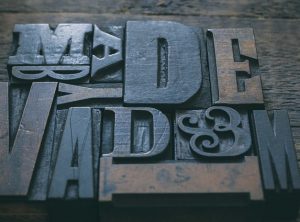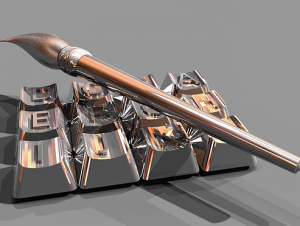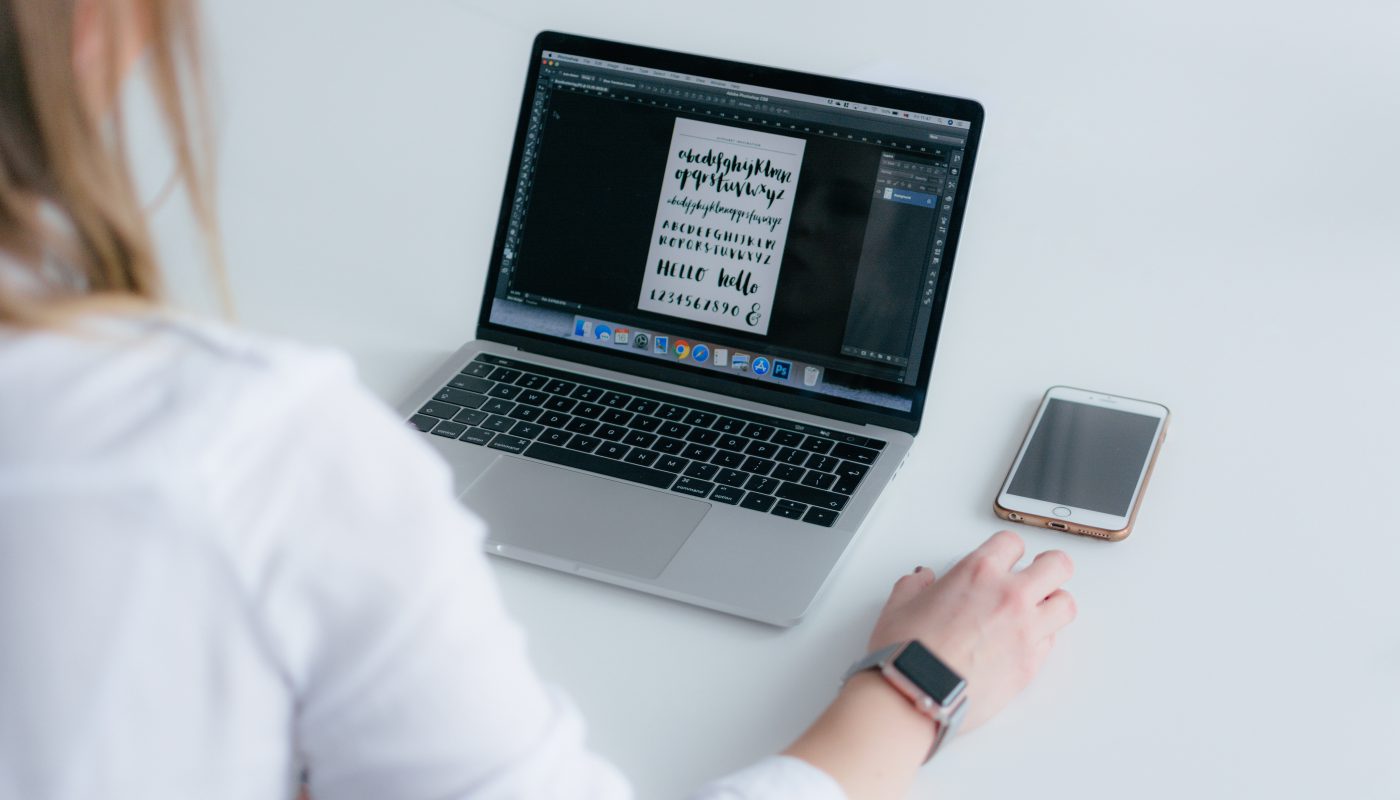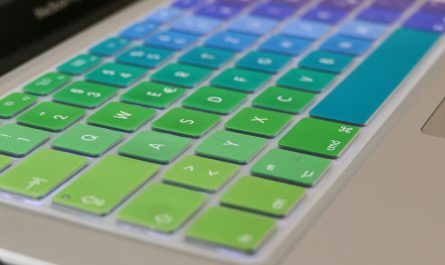Typography is one of the most important elements and weapons in a designer’s arsenal. It is the art of arranging type to make the text not only easily legible but also appealing to an extent. It is the way companies display their mottos and marketing slogans. If you don’t know much about typography, don’t worry about it – there is nothing you cannot learn on the internet, from learning about Cricket Betting to typography and more.
What Is It?

When you are selecting typefaces to be used in your design, as well as considering the point size, line length, and other factors, you are using typography. The term comes from the Greek language and the words impression and writing.
Typography has been present since ancient times, perhaps even before the written word. Humanity didn’t have access to the movable type until the 11th century and that was just China. Johannes Gutenberg brought us the modern version of the printing press and the digital era gave us countless fonts to choose from.
Typeface Blueprints
Here are some of the most basic elements of typeface every designer, novice or not, should be familiar with. Let’s go over them together, shall we?
The baseline is where the letters stand. Sometimes it’s just the capital letter, but more often than not it is a fictional line upon which the whole word rests.
The ascender is the line that marks where some of the more ambitious letters try to top the cap height.
The descender goes below the baseline. It is the stroke of a letter that goes deeper than most letters, like the bottom part of ‘y’, for example.

The cap height is the distance between the baseline and the cap, or top, of the capital letter. On the other hand, we also have the X-height which determines the height of lower case letters. It’s also sometimes used to determine the line-height.
The bowl is the curvy shape that closes a part of the letter. You can find it in ‘a’, ‘b’, and ‘o’, for example.
The stem is the base at the bottom of the letters, looking like something put into place to make sure the letters don’t fall over.
The spine of the letter s is a term unique to the letter. You can probably guess its meaning, but it is mentioned because the typeface can shift it from horizontal to vertical in no time.
Hierarchy
Like other visual elements, typography requires some visual hierarchy to tie it all together. The title has the biggest font as it is the first thing people see and you want to catch their attention. If our text has subsections, each of them should have a little heading as well to group them better. Finally, if you have an amazing quote from the text you feel is extra important, you can give it its own space.
Arranging the Text
Now that we have some of the basics out of the way, let’s talk about ways you can arrange your text and symbols.

Tracking and kerning are processes of adjusting the space between two letters to make sure there’s no unnecessary overlapping and to make the text as readable as possible. Titles and other large types usually have little space between the letters, whereas smaller types have more.
When it comes to numbers, to increase clarity, especially with near-sighted individuals, or where figures change often (like the number of visitors, the amount of donations, or an event countdown, for example), use tabular figures.
Most, if not all, programs that deal with text allow you to choose its alignment. Flush left is used in languages such as English. Centered is for separate blocks of text like quotes or poems, whereas flush right is aimed at languages like Hebrew and Arabic that are written right-to-left. Finally, we have justified – perfect for books and other printed media.



